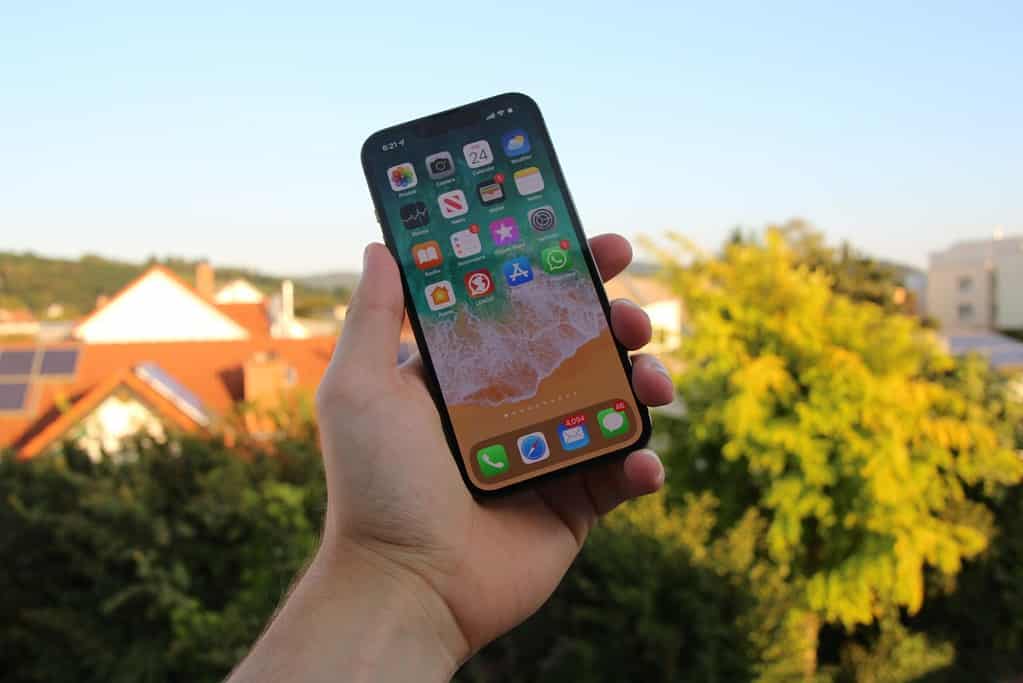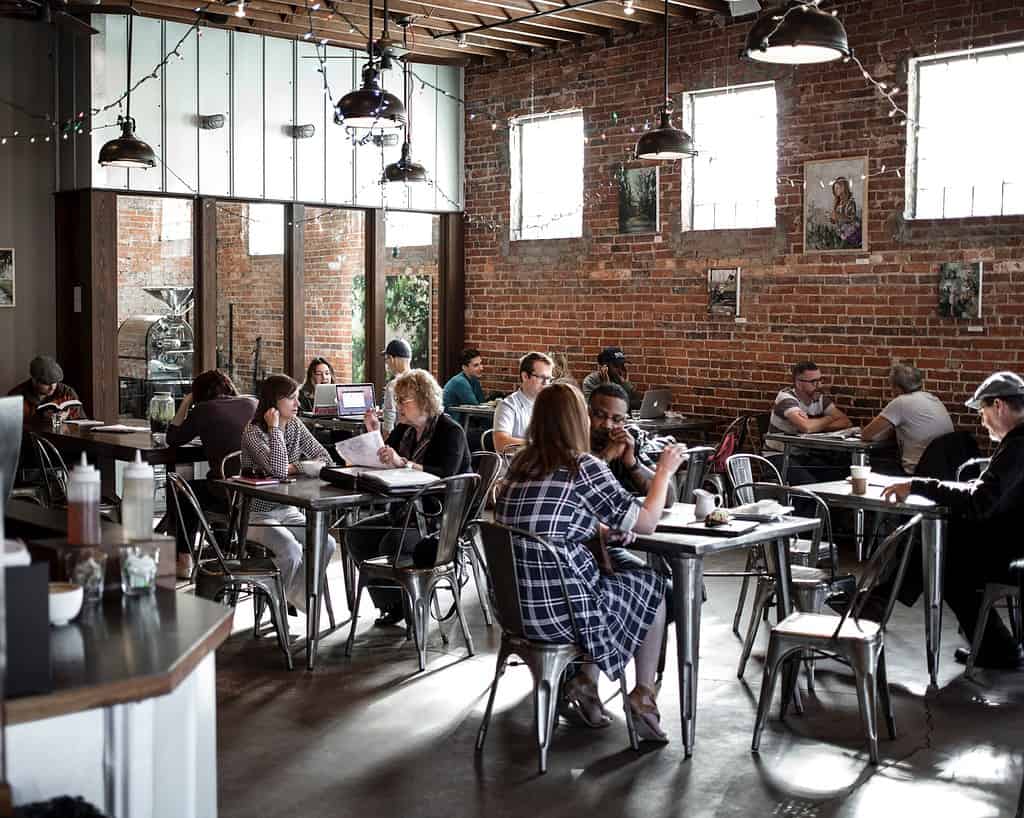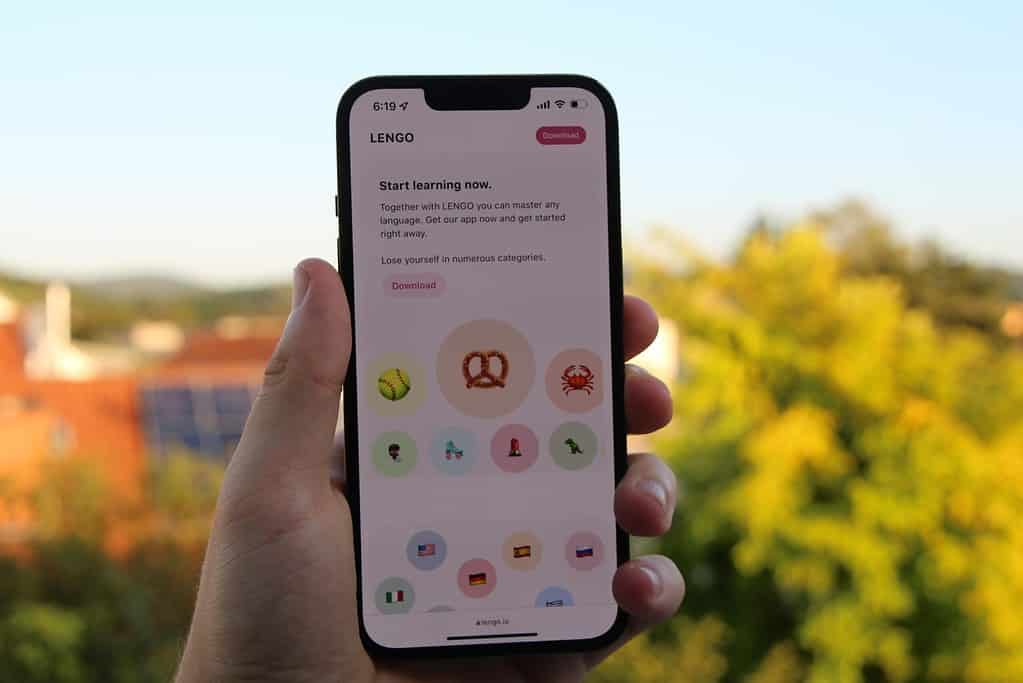Introduction to the Power of Cinema in Language Learning
French films offer a dynamic portal into the language, blending real-life conversation, culture, and expressive storytelling in one engaging package. Cinema immerses learners in authentic dialogue, exposing them to everyday language nuances that textbooks often miss. It provides a natural context for picking up colloquial expressions and understanding the subtle differences in formal and informal speech. Research from French Accent by Maxime highlights how watching French films enhances listening comprehension, vocabulary, and pronunciation, making it an invaluable addition to any language learning journey. For those looking to complement their film-watching with interactive practice, consider exploring language exchange platforms like swaplang for one-to-one conversations with native speakers.
Curated List of Must-Watch French Films
To get started, here is a curated list of films that balance linguistic clarity with cultural richness. Le Petit Nicolas (2009) is a delightful family comedy that features simple dialogue and everyday scenarios ideally suited for beginners. In contrast, The Intouchables (2011) offers a rich blend of formal and informal conversation through its touching portrayal of friendship across social divides. If whimsical storytelling is more your style, Amélie (2001) provides an enchanting look at Parisian life with clear, easy-to-follow narration. For those interested in exploring contemporary French society with urban slang and multicultural perspectives, La Haine (1995) is a compelling choice, while Les Choristes (2004) uses music and emotion to provide an immersive linguistic experience set in post-war France. These films not only entertain but also serve as practical tools to bridge the gap between classroom theory and everyday conversation.
Breaking Down Dialogues: Understanding Common Phrases and Accents
One of the most exciting aspects of watching French cinema is discovering the variety of accents and everyday expressions used in different contexts. Films naturally showcase varied pronunciations and regional idioms that can be challenging to capture in a formal setting. By focusing on character dialogues, learners can break down conversations into digestible phrases and mimic the pronunciation, rhythm, and intonation of native speakers. It’s a process akin to stepping into a live language lab where you hear natural speeds of speech and informal interactions. Pairing these observations with practical language exercises, possibly even through a platform like swaplang, can transform passive viewing into an active learning session. Additionally, reading up on common pitfalls in pronunciation can help refine your listening and speaking skills, as explored in French Pronunciation Pitfalls.
Cultural Insights: How Films Reflect French Society
French cinema is a mirror of its culture. Beyond language instruction, films capture the essence of French societal norms, values, and everyday behaviors. Whether dealing with family dynamics, the charm of urban life, or the complexities of social relationships, movies provide context on how cultural nuances shape communication. The urban grit seen in films like La Haine contrasts starkly with the whimsical charm of Amélie, offering varied perspectives on French life. This exposure not only boosts language proficiency but also deepens learners’ understanding of the cultural settings in which the language evolves, thereby enriching their overall learning experience.
Practical Tips for Watching French Films as a Learner
Successfully leveraging films for language learning requires a blend of active viewing strategies and supplemental techniques. Begin by choosing films that match your current level and gradually work your way to more challenging material. Pause frequently to take note of unfamiliar words or phrases, and consider rewinding key scenes to catch nuances in pronunciation. It may also help to keep a notebook handy, jotting down new vocabulary, cultural references, or questions that arise. Engaging with the dialogue in multiple viewings encourages long-term retention and helps you notice subtle speech patterns. For learners seeking a more interactive study method, pairing film-watching sessions with conversation exchanges on platforms like swaplang can provide a valuable opportunity to discuss and practice what you’ve learned with native speakers.
Using Subtitles Effectively: Balancing Language Learning and Enjoyment
Subtitles are a useful bridge between full comprehension and enjoyment of cinema. Initially, watching with English subtitles can help you connect the dots, making it easier to follow the storyline while learning new vocabulary. As your confidence grows, switching to French subtitles challenges you to match the spoken dialogue with written text, reinforcing your listening and reading skills concurrently. Eventually, try watching without subtitles to immerse yourself entirely. Balancing between these approaches lets you adjust to the increasing complexity of the language naturally. For further guidance on mastering conversation and cultural cues, you might explore insights about integrating gestures into your communication from this detailed guide on non-verbal communication.
Discussion Points and Vocabulary Highlights from Popular Films
Many French films are packed with recurrent phrases, idioms, and situational vocabulary that are worth exploring further once you start watching. Identify key terms or expressions used in multiple films, and consider discussing these with other learners or native speakers to cement your understanding. Films like The Intouchables provide an array of vocabulary ranging from everyday terms to more sophisticated, context-specific expressions. Take time to research the idioms presented and even compare their usage in different regions. This critical analysis not only heightens your linguistic ability but also promotes cultural empathy. Extracurricular resources, such as detailed vocabulary guides or even conversation practice sessions on platforms like swaplang, can be very helpful in this regard.
Engaging with French Cinema Communities Online
The digital era has opened up countless avenues to connect with communities of French film enthusiasts and language learners. Forums, social media groups, and both informal and structured discussion boards are great places to share insights, seek recommendations, and even arrange virtual watch parties. Engaging in these communities enables learners to ask questions about nuanced dialogue and cultural symbolism while receiving feedback from native speakers. This real-world interactive learning approach can improve both language skills and cultural understanding. Additionally, joining these panels can boost your overall motivation and provide opportunities to practice conversational French in a relaxed, enjoyable environment.
Conclusion: Transforming Your French Learning Journey Through Film
Watching French films is more than just an entertaining pastime; it is a transformative method for developing language proficiency and cultural insight. By actively dissecting dialogues, embracing diverse cultural narratives, and engaging with vibrant online communities, learners can transition from theoretical study to dynamic, real-world communication. Remember, every film is a lesson in language, natural conversation, and French society. As you integrate these cinematic experiences into your study routine, consider complementing your practice by signing up on platforms like swaplang to talk with native speakers and sharpen your fluency even further. Bonne chance on your journey toward mastering French through film!

















